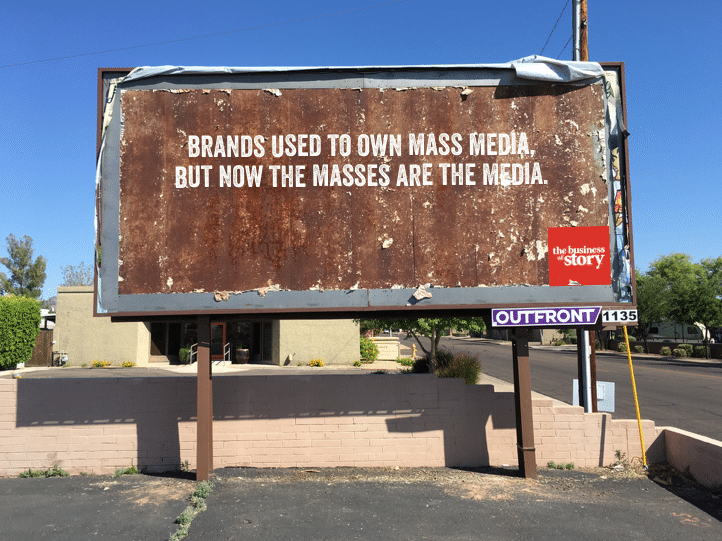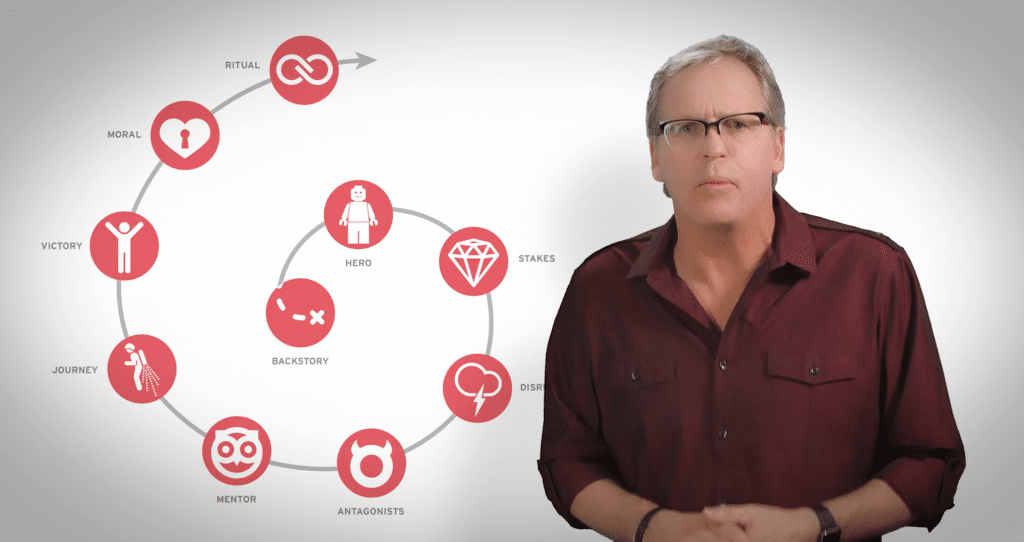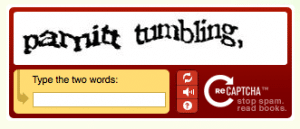I have been in advertising for more than 30 years, and I remember when the introduction of the fax machine was a breathtaking technological leap forward for business. Seriously.
It was easier to be a marketer back then. You had so few channels to work with: mostly broadcast, print, outdoor, direct mail, events and word of mouth marketing.

Brands owned the influence of mass media.
But now the masses are the media with a 24/7 global reach from their kitchen tables. The interweb has democratized communications and placed your brand story squarely in the hands of your customers.
To survive, brands must evolve from promoters of stuff to publishers of meaningful content that empower audiences and move people to action.
Ironically, the ancient power of story remains the antidote to rise above the noise of the tech-driven attention economy.
See: #ADHDisnowacommunicabledisease for your cure.
The good news is that you are an innate storyteller, and you were probably at the top of your game in kindergarten. My job is to reawaken your inner raconteur.
Companies and organizations that have followed the Story Cycle to craft and tell their brand stories have experienced epic growth.
I’m honored to be sharing a command performance of our Business of Story workshop during the Social Media Marketing World in San Diego, March 22 – 24.
Join us and I will guide you through our proven 10-step Story Cycle process to help you craft and tell compelling brand stories that sell.
One revolution through the Story Cycle will deliver six powerful outcomes:
 When you get your brand story straight you will overcome division, confusion, turmoil, fragmentation and apathy about your offering. Plus, well-crafted stories elevate you above the noise of the attention economy. This process will help you…
When you get your brand story straight you will overcome division, confusion, turmoil, fragmentation and apathy about your offering. Plus, well-crafted stories elevate you above the noise of the attention economy. This process will help you…
- Grow as a communicator by knowing how to share your unique origin/founder story with a proven structure that connects with and inspires your audiences
- Grow your organization as you clearly define its position, promise, personality and purpose by creating a brand story that aligns with your mission and resonates with your audiences: customers, donors, supporters, investors, employees and vendors
- Grow team camaraderie as you build consensus around the foundational brand narrative everyone can live into and prosper from
- Grow your customer base by connecting their personal journeys with your brand story to be instantly relevant, useful and empowering
- Grow sales volume and ritualistic use of your product or service by serializing your brand story through your sales programs, advertising, content marketing and customer experience
- Grow your brand legend by providing all of your audiences with your unique story elements to help spread the word as your brand evangelists
Earn a greater return on your marketing investment

The 10-step Story Cycle process is a fractal, meaning you can use it to guide everything from high-level strategy right down to creating your individual tactical messages. I’ve found that it helps you…
- Lead more effective marketing across all channels
- Create more consistent messaging
- Capitalize on consumer trends
- Enjoy heightened brand relevancy
- Increase your customer interaction
- Improve loyalty and retention
- Inspire employee engagement
- Build leadership consensus around your brand story
Should you attend this Business of Story workshop?
I’ve been giving this workshop since 2011. My first focus was on brand strategists. But I quickly learned that audiences were using the Story Cycle process for both personal and professional pursuits. Therefore, if any – or several – of the following titles describe you, then this workshop is for you:
- Owner of a professional services firms. which actually owns you at the moment
- B2B Brand strategist who still thinks you’re selling to businesses
- Content marketer who must rise above the noise
- Sales professional interested in turning promotion into production
- C-suite powerpoint presenter who needs to communicate data through drama
- Corporate social responsibility executive who wants to advance an initiative further, faster
- Nonprofit leader striving to profit from your communications
- A business underdog who simply wants a leg up on your competition











